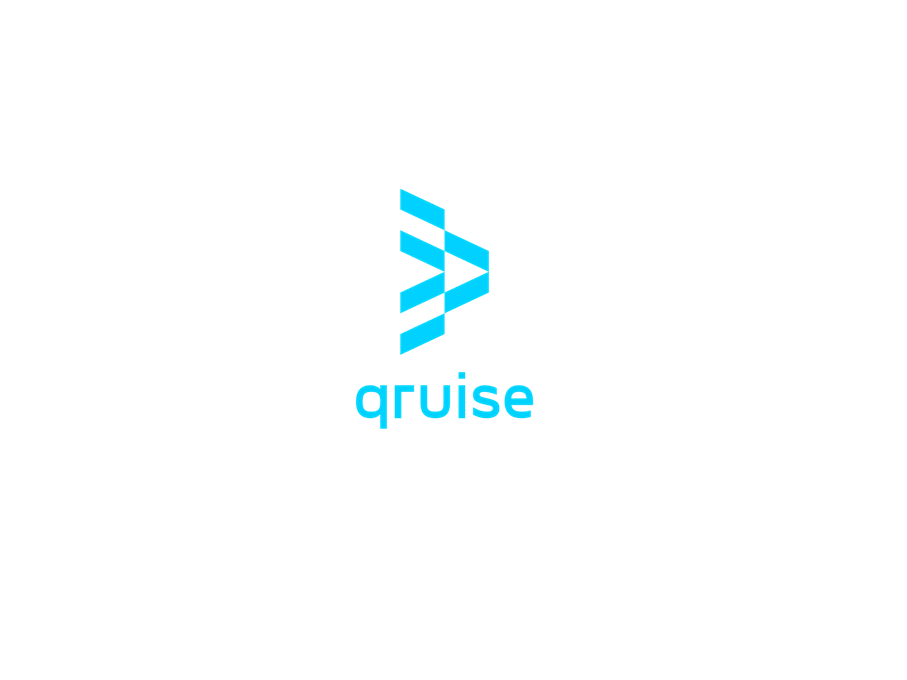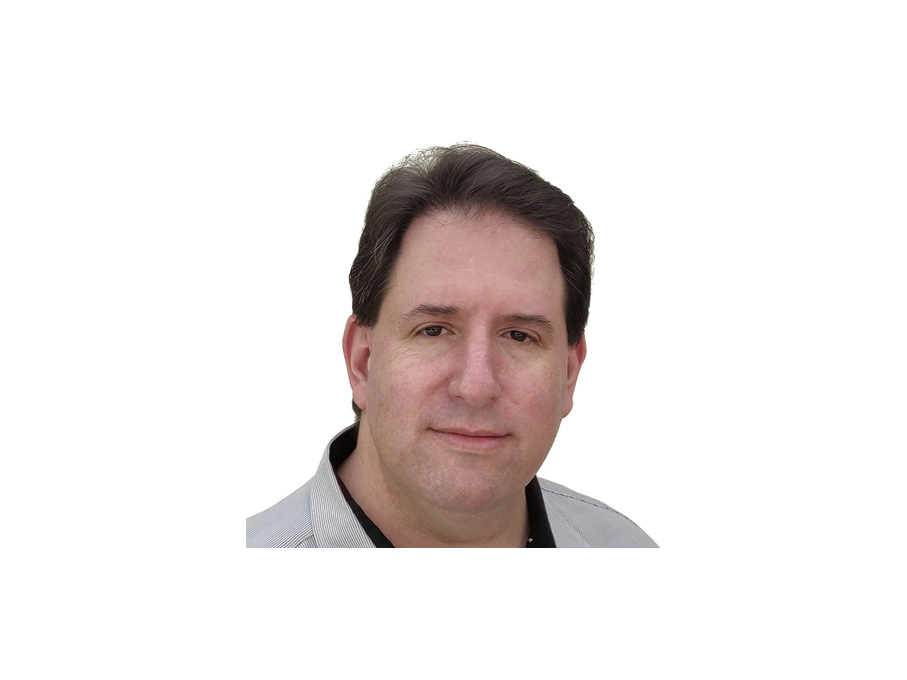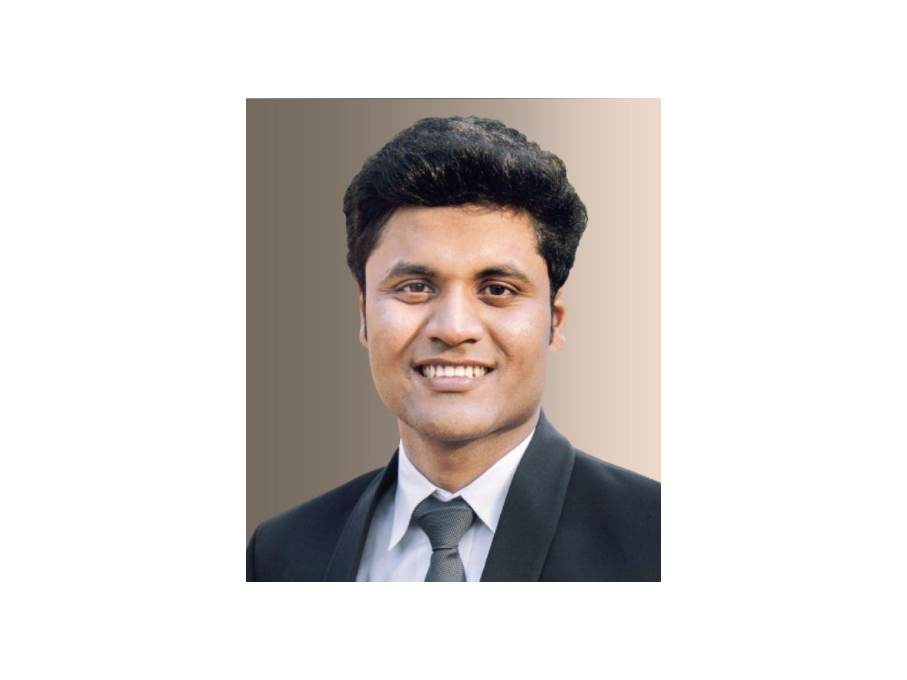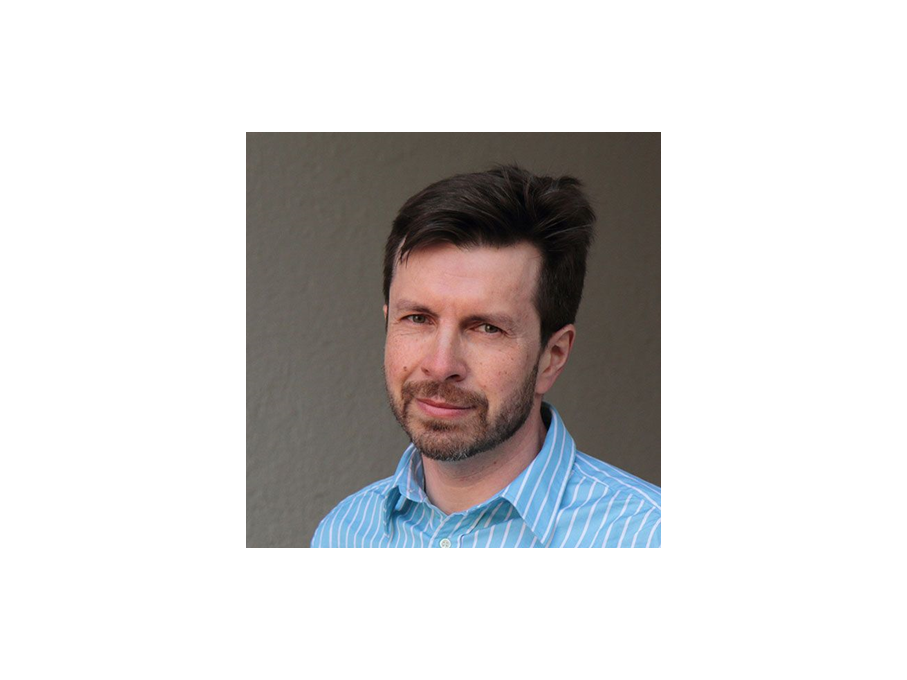Qruise GmbH
Control, Calibration and Characterization Software

Role in the consortium
The Qruise software will be adapted, extended and applied to accelerate the development of MUNIQC-Atoms: extend the capabilities of the "digital twin" simulator to describe Rydberg atoms, initialization errors, noise processes, and readout inaccuracies unique to this platform, and modify the system characterization and optimal control modules accordingly. Qruise will also contribute to developing the control software for fast optical modulators. Combined with a calibration module adapted to the Rydberg readout characteristics, MUNIQC-Atoms will be able to achieve the targeted gate fidelity. Qruise will make its digital twin available to quantum error correction developers and link the QISKIT software stack to the MUNIQC-Atoms quantum computer.
What are the goals?
- Enhance existing Qruise software to be able to create a digital twin of the Phase 1 demonstration platform by mid-project.
- Improve the calibration algorithms adapted to Rydberg to account for the relatively low repetition rate and thus the comparatively high shot noise of Rydberg platforms.
- Provide MUNIQC-Atoms system designers with the characterization, modeling, and calibration tools necessary to maximize the operability of single-, dual-, and multi-qubit gates, much faster than would otherwise have been possible.
- Adapt and enhance the existing Qruise software so that it is capable of producing a digital twin of the much larger Phase 2 demonstrator platform by the end of the project.
How do we plan to achieve that?
Qruise will extend the existing techniques for modeling quantum systems and adapt them to the specific needs for realistic simulation of the Rydberg atoms in the demonstrator. For this purpose, the possible initialization errors will be analyzed and incorporated into the physical model, noise processes will be matched with the experimental setup and, if necessary, new mathematical descriptions will be designed and strategies for reproducing the error-prone readout accuracy will be implemented. In order to be able to perform final optimization steps directly on the device and to freshly adjust much-used operations after small changes (unavoidable over time in such a highly sensitive setup), a customized calibration algorithm for the Rydberg grid will be designed. For this purpose, parameters for variation are identified and optimally adjusted by the software, taking into account the device-specific limits and limitations. To make this possible, suitable measurement schemes must first be implemented that reflect the quality of these operations and the influence of changes to parameters on them. In this context, we will suitably parameterize and specifically modulate all available control fields (laser, photonic circuits).
In order to perform the calibrations directly on the instrument, Qruise optimization software will interact efficiently with the specific APIs of the experiment's control electronics. Since the latter change from experiment to experiment (e.g., Zurich Instrument vs. Keysight vs. home-built waveform generators), Qruise will create new software, typically referred to as "instrument drivers," that interface Qruise's generic internal APIs with those of the demonstrator. Doing this efficiently while enabling high utilization of the quantum devices (i.e., utilizing the quantum processors as much as possible and avoiding artificial dead times). This is non-trivial, with the details depending heavily on the implementation details of the experimental electronics API. Calibration of the model requires constant recalibration and accurate characterization of the system. Qruise will adapt these modules to the Rydberg setup and develop and provide new characterization strategies. The Optimal Control module will be extended to take optimal advantage of the mechanisms and requirements of strontium-based gates. In addition, the peripherals for manipulating the qubits will be considered and the characteristics and influences of the trap potentials for fixing them will be incorporated.
The extension of the setup to a higher number of qubits requires a much more complex simulation and therefore an adaptation of the digital twin. The digital twin will be adapted to allow parallel simulation of its subsystems. It should be noted here that a complete and detailed simulation of the entire model is of course impossible, because if this were possible, we would not need a quantum computer. Therefore, the challenge here is to overcome this crucial hurdle of scaling via division into subsystems and parallelized calibration and characterization.
Open positions
If you are excited about quantum computing with neutral atoms and would like to develop cutting-edge technology – join us! We are hiring:
We currently offer positions with focus on different areas, including:
- Quantum Control Physicist;
- Senior Scientific Python Developer;
- Numerical / HPC Developer;
Here you can find more information about the job opportunities.
Team
Qruise develops software that helps scientists and researchers use Machine Learning (ML) tools in their day-to-day scientific workflows without having to worry about what's under the hood. ML is revolutionizing how science is being done, and Qruise allows experimentalists to take advantage of this new numerical toolset without the need for a full time ML scientist on the team. Qruise is developing ML for Science as a productized toolset, making ML driven discovery accessible to all.
Qruise is a German startup dedicated to advancing quantum computing technologies and the entire quantum ecosystem as a whole by means of software to control, calibrate and benchmark based on machine learning and optimal control theory. The company builds on a total of more than fifty years of research experience of the founders, and experimental demonstrations and collaborations with world leading labs over four continents.
Qruise brings state-of-the-art software enabling optimization, calibration and modelling of quantum elements.
Relevant publications
[1] A. Pagano, et al., Error-budgeting for a controlled-phase gate with strontium-88 Rydberg atoms. Phys. Rev. Research 4, 033019 (2022)
[2] N. Wittler, et al., Integrated tool-set for Control, Calibration and Characterization of quantum devices applied to superconducting qubits, Phys. Rev. Applied 15, 034080 (2021)
[3] A. Omran et al., Generation and manipulation of Schrödinger cat states in Rydberg atom arrays. Science 365, 6453 (2019)
[4] J. Cui et al., Optimal control of Rydberg lattice gases. Quantum Science and Technology 2, 3 (2017)
[5] L. S. Theis et al., High-fidelity Rydberg-blockade entangling gate using shaped, analytic pulses. Phys. Rev. A 94, 3 (2016)
Dr. Shai Machnes

Shai Machnes has more than two decades of experience in the software world (as programmer, team leader, product manager and CTO). After that, he then switched to physics, and accumulated over a decade of experience in quantum optimal control including leading the quantum control and software stack efforts in the EU project OpenSuperQ.
Marco Rossignolo

Marco gathered experience during his PhD on quantum optimal control, manipulation of Schrödinger cat states in Rydberg atom arrays and pulse-shaping algorithms.
Anurag Saha Roy

Anurag is an electrical engineer by training, with extensive experience in cold-atoms and superconducting quantum devices, building hardware & software control systems. He is passionate about development of new algorithms for advanced control & calibration for NISQ QPUs.
Roman Razilov

Roman is a software developer with a more than 20 years experience. He is interest in clean software design, functional patterns, scalable high-performance architectures and agile development methodology. Roman also worked as as staff scientist at Peter Grünberg's Institute, where he designed and developed quantum control and calibration software.
Contact persons
Open positions:

Funding acknowledgement
Sponsored by the Federal Ministry of Education and Research, grant number 13N16073